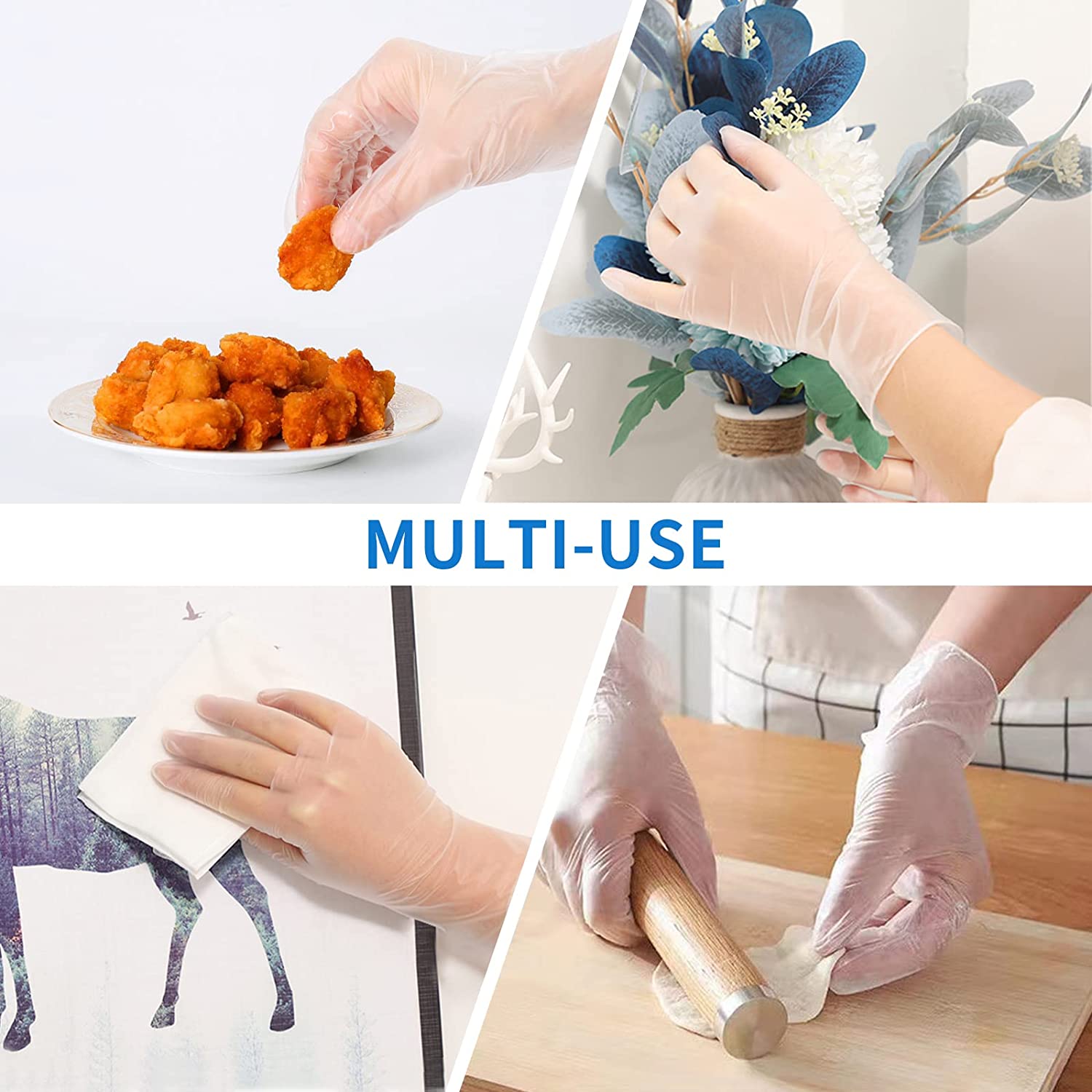
Pre-pandemic, China was a minor player in the nitrile disposable glove market. Post-pandemic, it has substantially grown its overall nitrile production capacity and is expected to grow it further.
In the single-use glove industry, factories—especially in Malaysia, the world’s No. 1 glove-producing nation—continue to have utilization challenges, with some operating at as low as 20% capacity, and others in the 40%-50% range.
Major glove makers in China, however, are running their factories at close to full-capacity utilization, content to take financial losses for the sake of growing market share. The state of manufacturing outside of China has led experts to believe that a meaningful recovery for the industry may come slowly given the intense competition.
Capacity has been lacking
Disposable glove factories prefer to run production lines almost non-stop to increase revenue. It is commonly accepted that a factory needs a minimum 50% utilization rate to break even. Throughout 2023, factory utilization rates for most of the industry were well below 50% because of massive capacity added during the pandemic and high excess inventory at the end-user level. Many industry insiders predict the utilization rate will bounce back to higher than 50% in 2024-25.
At the same time, Chinese factories are also under scrutiny due to increased FDA inspection on exam glove imports into the U.S. These can take from days to a month to complete, which could push some importers to move production to SE Asia suppliers. Plus, Chinese factories will experience additional headwinds in Q1 due to disruptions that come with Chinese New Year.
An unsettled glove market
The possibility of new tariffs, sanctions, or anti-dumping measures against Chinese manufacturers later in 2024 may also create supply chain jitters for nitrile glove buyers in the U.S.
In the near term, while manufacturing costs for nitrile gloves in Asia have leveled off, selling prices in the U.S. remain dynamic, reflecting variances in quality standards, country of origin, and ongoing efforts by sellers to manage excess inventories.



